Have you ever watched your tiny hamster scurry into its tunnel the moment you walk by? It’s heartbreaking to see such a cute creature so afraid, especially when all you want is to become friends. The truth is, building trust with a hamster can feel like trying to win over a shy child—every move matters, and patience is everything. But the reward? A happy, confident little buddy who might just curl up in your hand. If you’re hoping to break through that nervous shell and create a real connection, you’re in the right place. Let’s uncover the secrets to bonding with your hamster without ever causing them fear or stress.
Understanding Your Hamster’s Nature
Hamsters may be tiny, but earning their trust can feel like a big challenge. Naturally shy and easily startled, these small pets need patience, gentleness, and the right approach to feel safe around you. Rushing the bonding process can leave your hamster anxious — or worse, make them fear human interaction altogether. Whether you’re a first-time owner or hoping to strengthen your connection with a new little friend, learning how to bond without causing fear is key to building a happy, trusting relationship.
Hamsters are naturally timid animals. In the wild, they are prey for many larger creatures, which means they’re hardwired to be cautious. This instinct doesn’t disappear just because your hamster lives in a cozy cage. Loud noises, sudden movements, or even a new scent can feel overwhelming. It’s important to remember that your hamster’s initial fear isn’t personal—it’s just how they’re built. Recognizing this helps you empathize with their point of view. Thinking of yourself as a gentle giant in their tiny world can transform the way you approach bonding. Empathy, in this case, is the first step toward a trusting relationship. By understanding their fear, you can start to make choices that put them at ease.
Preparing the Right Environment
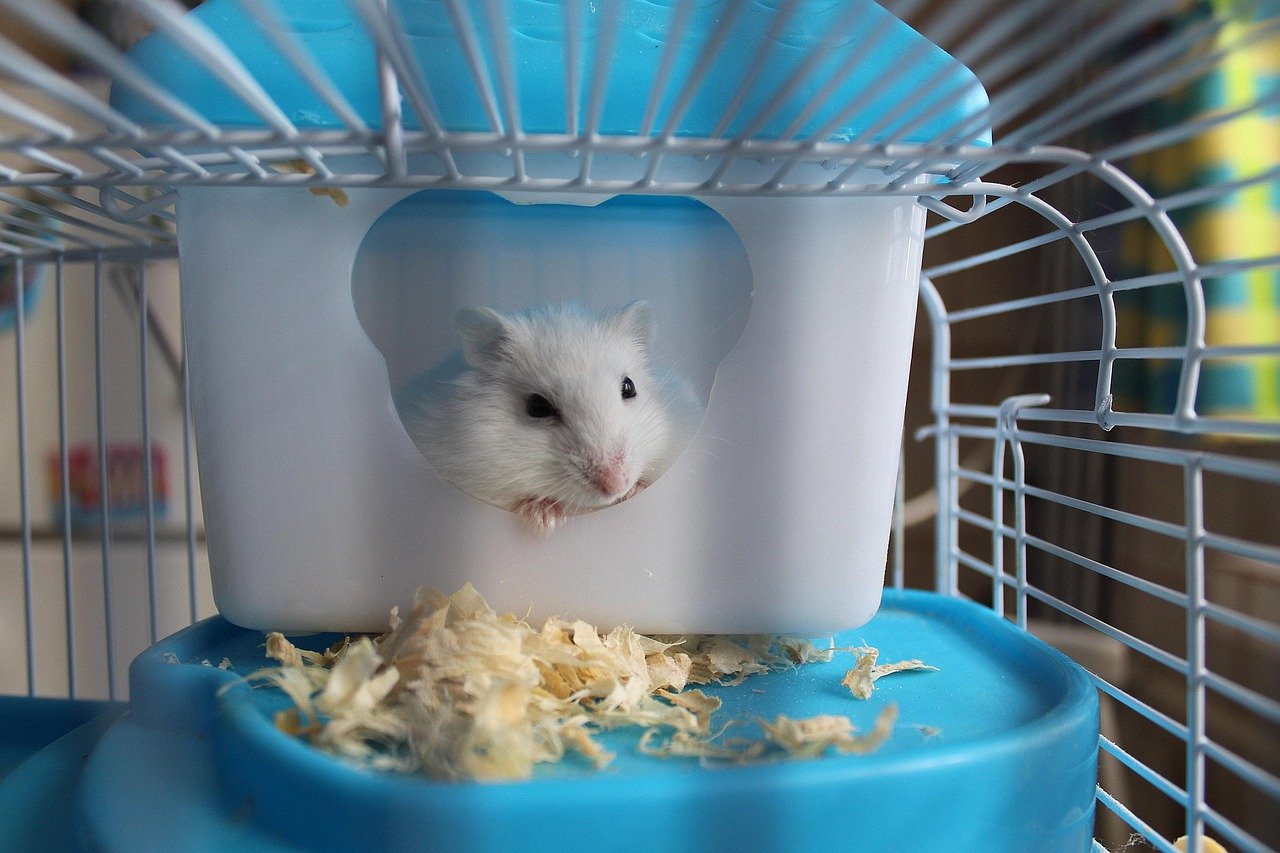
Imagine being placed in a new house with strange smells, sounds, and lights—you’d feel nervous too. Your hamster’s cage is their entire world, so it should feel safe and comfortable. Start with a spacious cage that has hiding spots, tunnels, and plenty of soft bedding. Place the cage in a quiet corner, away from direct sunlight, TVs, or loud conversations. Try to keep the environment consistent; moving the cage too often or rearranging everything can make your hamster anxious. A stable home helps them feel secure. If the environment is calm, your hamster will be more likely to venture out and interact with you. Remember, a safe space lays the foundation for trust.
Letting Your Hamster Set the Pace
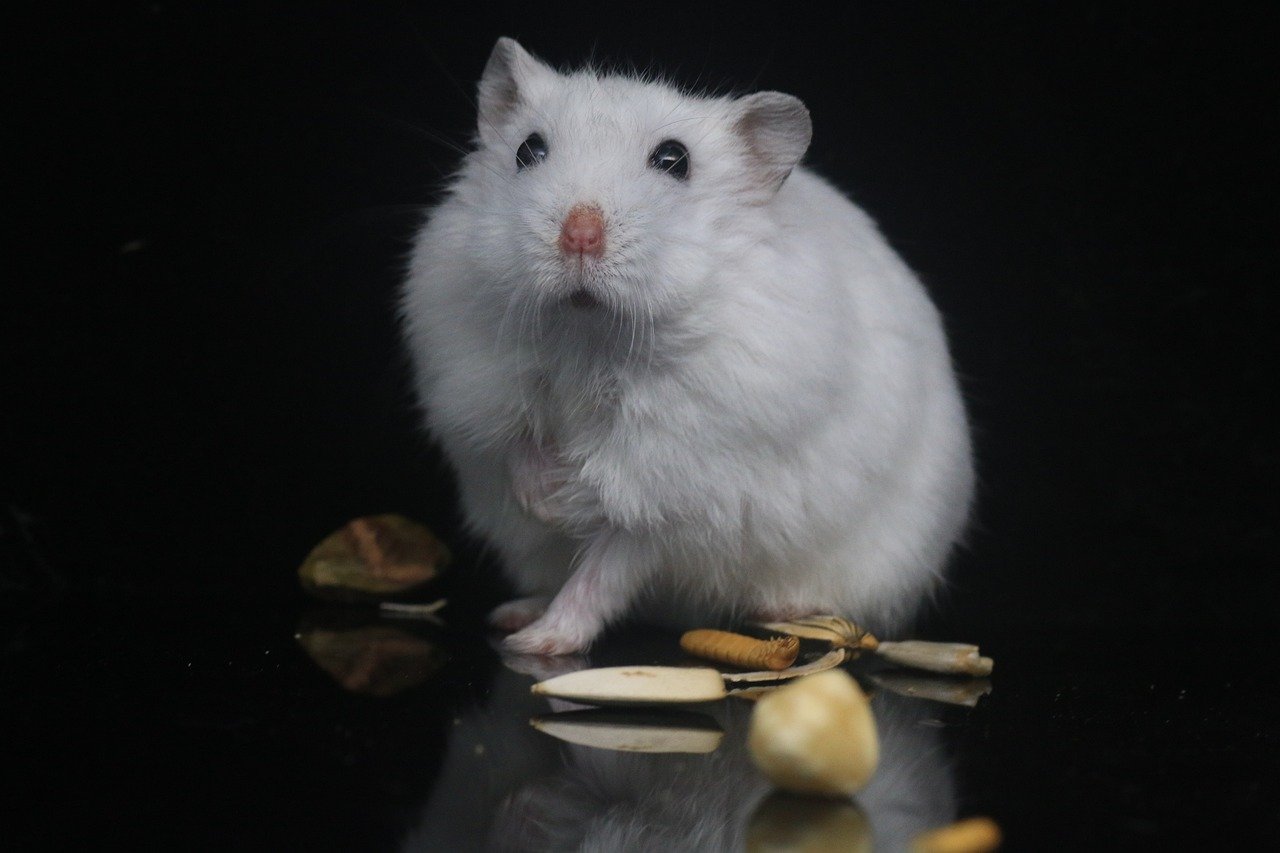
Patience is the golden rule when bonding with a hamster. Forcing interaction, no matter how gentle, can backfire and make them more fearful. Instead, let your hamster decide when they’re ready to approach. In the beginning, simply sit near their cage and talk softly. Let them get used to your presence and voice. Avoid reaching in or picking them up until they seem comfortable. Over time, your hamster might come out to watch you or sniff the air when you’re near. These small gestures mean you’re earning their trust. Think of it like waiting for a shy friend to open up—the slower you go, the more genuine the bond.
Introducing Your Scent
To a hamster, your scent is as unique as your fingerprint. Start bonding by introducing your smell in a non-threatening way. Place an unwashed piece of fabric, like a shirt sleeve, inside their cage so they can investigate it at their own pace. You can also cup your hand outside the cage and let your hamster come close to sniff. Avoid wearing strong perfumes or lotions, as these can be overwhelming. Over time, your hamster will start to associate your scent with safety. This is a crucial step—once they recognize and trust your smell, every other interaction becomes less intimidating.
Hand Feeding for Trust
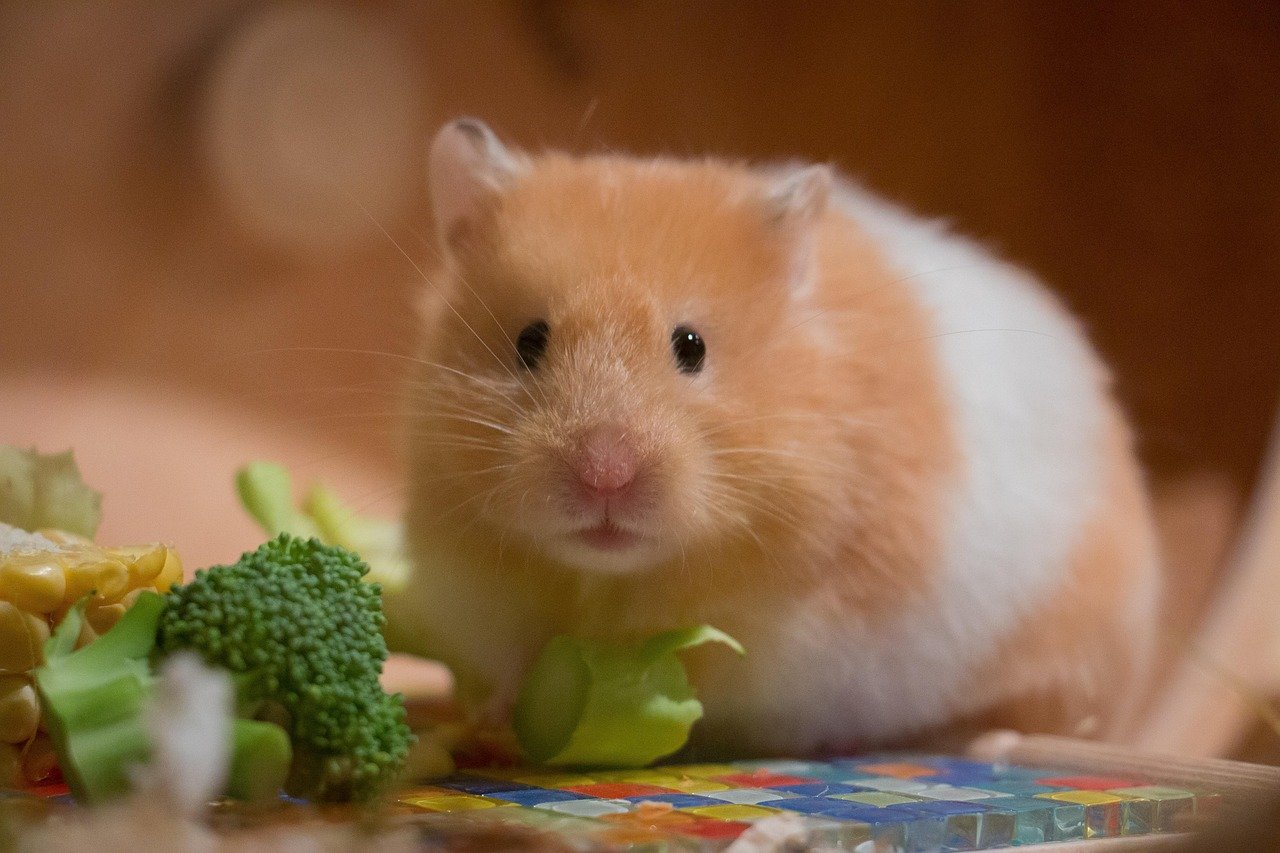
Food is a universal language, even for hamsters. Offering treats by hand can build a powerful bridge of trust. Start by placing a small, healthy treat—like a sunflower seed or a bit of apple—on your palm and holding it near your hamster. Don’t force them to take it; just let the treat sit and see if curiosity wins. If your hamster is too shy at first, try placing the treat just at the entrance of their hiding spot. Gradually, they’ll learn that your hand brings good things, not danger. This positive association is one of the fastest ways to earn their trust.
Moving Slowly and Gently
Hamsters are quick to startle, so every movement around them should be slow and deliberate. When you approach the cage, avoid sudden gestures or loud noises. If you need to clean their home or offer food, do it gently. When you finally reach the point of picking them up, scoop them from below using both hands, rather than grabbing from above, which can feel like a predator attack. Whisper softly while handling them, so your voice becomes a source of comfort. Over time, your hamster will learn that your hands are gentle, making every interaction less frightening.
Respecting Their Boundaries

Every hamster has their own personality—some are bold, while others are timid. It’s essential to respect your hamster’s boundaries. If they retreat into a tunnel or hide away when you approach, give them space. Never try to force them out or chase them around their cage. This only reinforces the idea that you’re a threat. Instead, wait patiently for them to reemerge, and reward their bravery with a treat or a soft word. Respecting their limits shows your hamster that you’re trustworthy. In time, they’ll come to see you as a safe presence rather than a source of stress.
Building a Routine
Hamsters thrive on routine. Feeding, cleaning, and playtime should happen around the same time each day. Predictability helps them feel secure and allows them to anticipate your actions. Try to handle your hamster at the same time each day, preferably in the evening when they are naturally more active. Over time, a consistent routine helps your hamster know what to expect, which reduces anxiety. Just like people, hamsters relax when they know what comes next. A solid routine becomes the backbone of your relationship, making every interaction smoother and less stressful.
Interacting Through Play
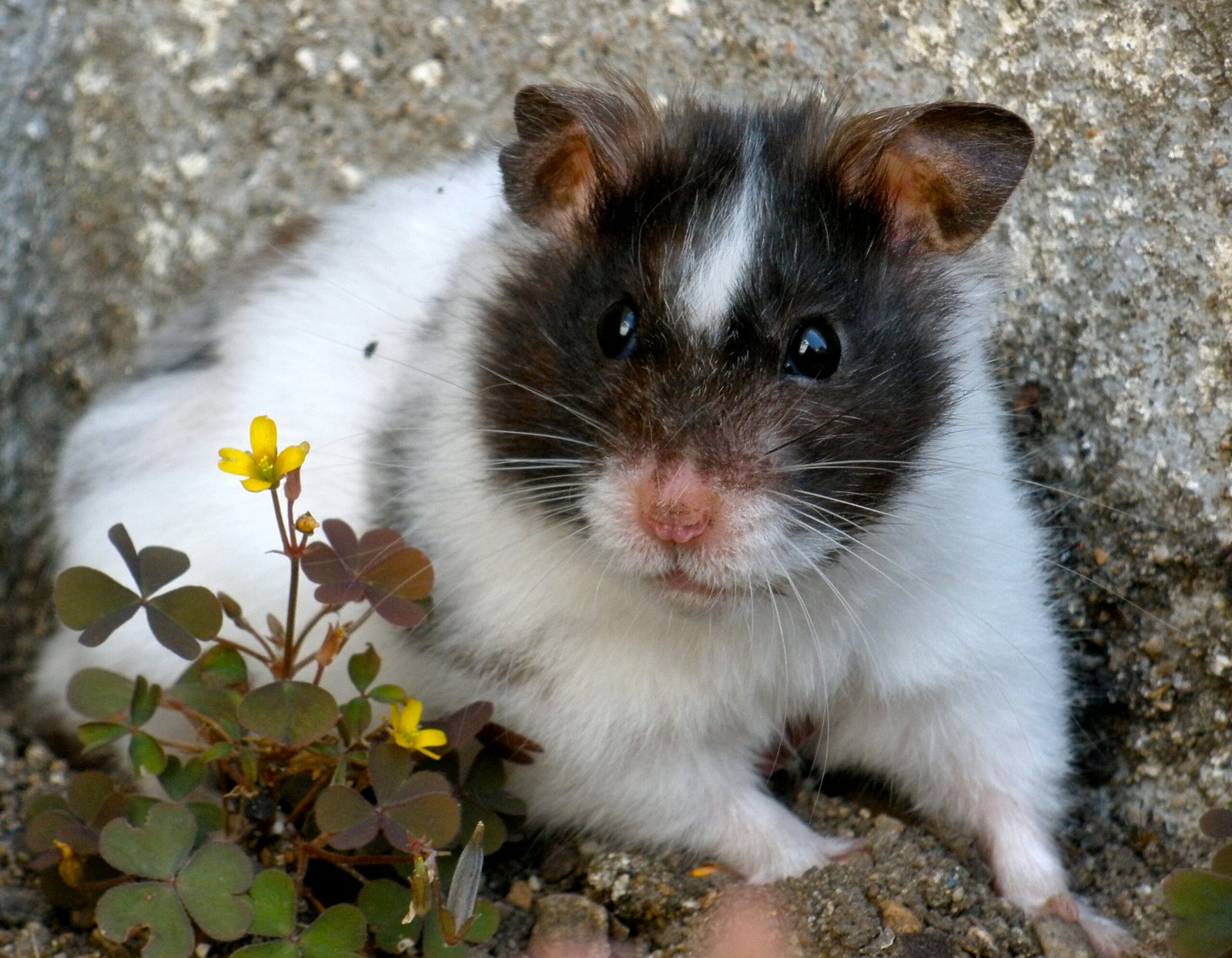
Playtime is more than just fun—it’s an opportunity for your hamster to bond with you in a relaxed setting. Use toys, tunnels, or exercise wheels to encourage exploration. You can also create a safe play area outside the cage, but always supervise closely. Let your hamster come to you during play, rather than picking them up right away. Tossing a favorite toy or treat nearby can coax them closer. Playtime should be calm and positive, never forced or rushed. These moments create happy memories, helping your hamster associate you with good experiences.
Reading Your Hamster’s Body Language
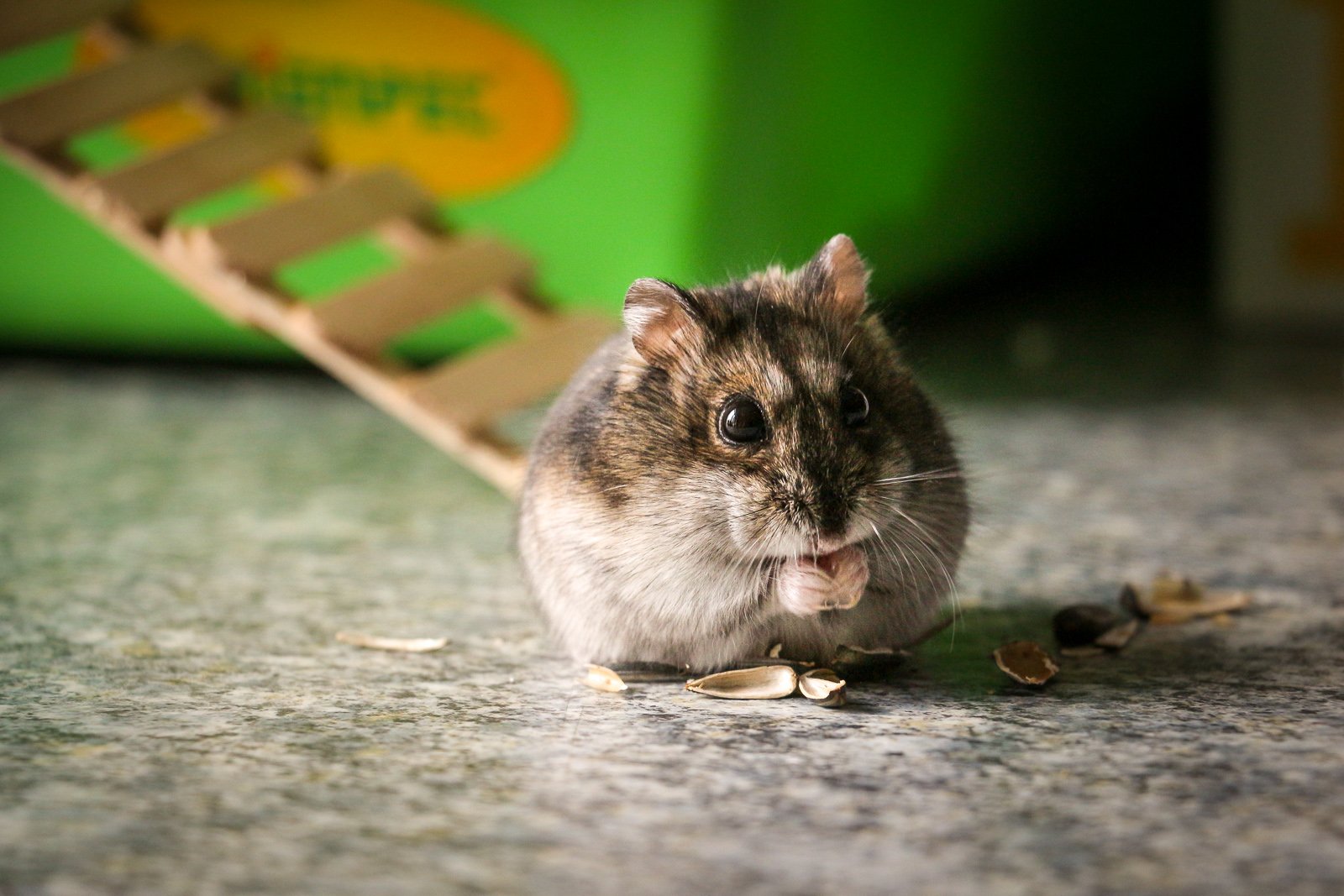
Hamsters communicate with subtle signals. Paying attention to their body language can help you avoid scaring them. If your hamster stands up tall, freezes, or flattens their body, they’re feeling nervous. Rapid grooming or constant hiding can also mean they’re stressed. On the flip side, a relaxed hamster will move slowly, sniff around, and even stretch out. By learning these signals, you can adjust your behavior to make them feel safer. Responding appropriately—giving space when needed, or offering a treat when they’re curious—shows your hamster you understand and respect their feelings.
Bonding with a hamster is a journey of tiny milestones. The first time they eat from your hand, or even venture out when you’re near, is a huge win. Celebrate these moments with gentle words, extra treats, or new toys. Avoid comparing your progress to others; every hamster moves at their own pace. Remember, trust isn’t built overnight. Each small step forward is a sign that your patience and kindness are working. These victories, however small, are the building blocks of a lasting friendship with your hamster.
Jen is a passionate nature lover and ocean conservationist. She has dedicated her life to protecting the environment and preserving the beauty of the natural world. Growing up in a small coastal town, Jen sincerely appreciated the ocean and its inhabitants. She has spent countless hours exploring the shoreline, learning about the creatures that inhabit the waters, and advocating for their protection. Jen is an active member of ocean conservation organizations, and she is committed to educating the public about the importance of conserving wildlife and the natural environment.






